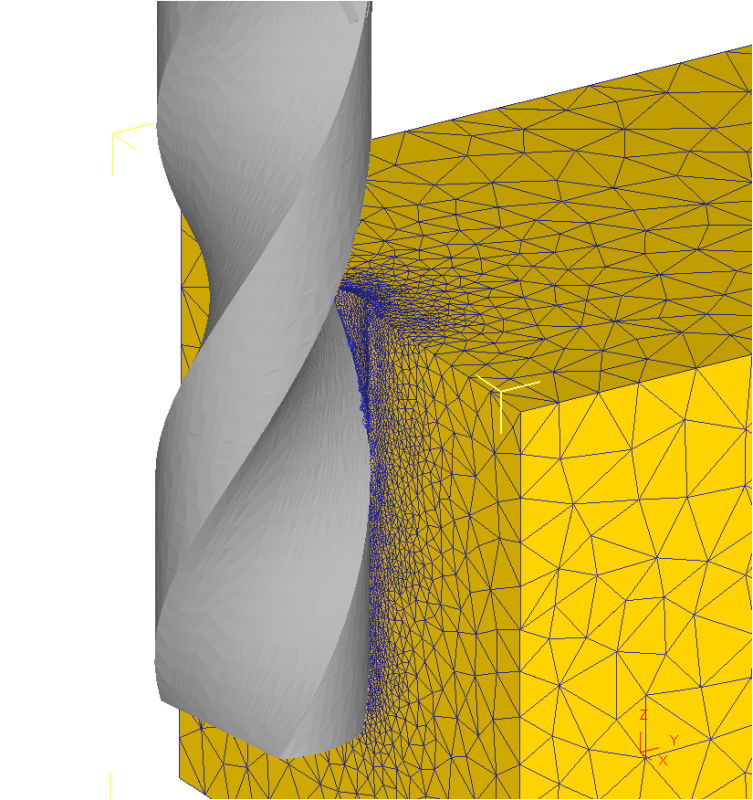Research on manufacturing engineering
Green cutting with supersonic air jet as coolant and lubricant in machining

The use of high speed air jet as a coolant in machining is a challenging scenario in environmental friendly machining. Despite the extensive literature, air jet cooling in machining is an area of ongoing research. Until now, the jet cooling technique has been studied only from a thermal point of view. The new aspect investigated in this work is the chip bending ability of the jet. The idea of chip-bending and its beneficial effects in cooling the cutting area is not related to maximizing the heat transfer, but to avoid the temperature increase. The heat generation in the chip-tool interface is due to the contribution of deformation in the shear zone and to the frictional contact between the chip and the rake face of the cutting tool. The importance of the frictional contact is proportional to the friction coefficient and to the pressure of the chip on the rake face. The traditional way of reducing this contribution is using a cutting fluid (flooding) or, more recently, injecting a coolant in the chip-tool interface. The new approach with high speed air jet shows the temperature reduction is strongly dependant on the position of the nozzle. By directing the jet onto the top face of the chip it is possible to reduce the pressure on the rake face, responsible of temperature increase in the chip-tool interface. The pressure on the top face of the chip generates a stress on the bottom face of the chip close to the constraint and in the chip-tool interface. The global stress is due to air jet pressure and cutting pressure on the rake face. When the air jet is directed on the top face of the chip (overhead position) the global stress is less than the cutting stress in dry machining.
A fully thermo-mechanical model has been developed with DEFORM-3D and a mechanical only model with DEFORM-2D, in order to investigate the chip bending. From an analytical point of view the chip can be modelled as a structural cantilevered beam with uniform load. The results from finite element modelling show the displacement of the chip is mainly due to the chip-breaker. The displacement due to the air jet bending moment is minimized by the stiffness close to the constraint point, but the mechanical effect of the air jet has a significant impact on the energy in the tool. Results indicate a significant mechanical contribution due to the air jet impinging on the chip leading to a reduction of 15-20% of cutting temperatures on the tool. This approach shows significant potential for environmentally and economically efficient machining.
Publications & Papers on Manufacturing Engineering
A. Bareggi, G.E. O'Donnell, Thermal and mechanical effects of high-speed impinging jet in orthogonal machining operations: Experimental, finite elements and analytical investigations, Proc IMechE Part B: J Engineering Manufacture, p.1–13, 2014. Download
A. Bareggi, Cooling by high speed air jet in orthogonal machining operations, Ph.D thesis, Trinity College Dublin, Ireland, 2010. Download